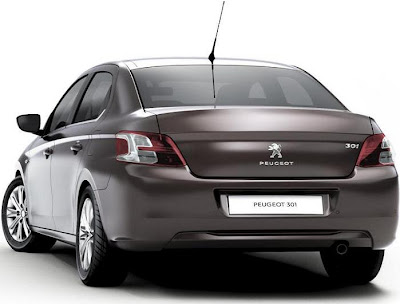If you’ve already visited this blog, you’ll know that we are bullish on HTML5 as a way to implement infotainment system HMIs. Not surprisingly, I’ve spent a fair amount of time searching the Web for facts and opinions on using HTML5 in the car, to see how this idea is catching on.
Overall, people see numerous benefits, such as the ability to leverage mobile app development to keep pace with the consumer demands, the availability of a large pool of knowledgeable developers, and the attractiveness of a truly open specification supported by many possible vendors.
But when it comes to the challenges of making HTML5 a reality in the car, I found a common thread of questions, mostly rooted in the erroneous belief that an HTML5 application environment is “just a browser.” Everyone is familiar with the concept of a browser, so it’s easy to see why people take this point of view.
So what are the key differences between a browser and an HTML5 application environment? Here’s my quick view.
The experienceEveryone is familiar with the browser experience. You navigate to a web site through bookmarks, a search engine, or direct entry of a URL. The browser implements a user interface (aka the chrome) around a rendering engine and provides bookmarks, URL entry, back and forward, scrolling and panning, and other familiar features.
An automotive HMI based on HTML5 provides a different experience — just look at the accompanying screen shots and decide for yourself if they look like a browser. In fact, the user experience of an HTML5-based HMI is similar to that of any other purpose-built HMI. It can consist of a main screen, window management, navigation controls, and other typical user interface widgets.
 A radio tuner and a media player from the QNX CAR 2 application platform. Both apps are based on HTML5, but beyond that, they neither act nor look like a web browser.
A radio tuner and a media player from the QNX CAR 2 application platform. Both apps are based on HTML5, but beyond that, they neither act nor look like a web browser.A system that uses an HTML5-based HMI can include:
- core applications that look and act like native applications
- add-on (downloaded and installed) applications that have controlled interfaces to the underlying hardware
- “web link” applications that simply link to a cloud-hosted application that can be downloaded on demand and cached
The web link approach makes it easy to update applications: just update the server and the remote client systems will automatically pull the application when needed.
Local resourcesWeb browsers pull text, images, and other content from the web and render it on the user’s machine. The process of loading this remote content accounts for much of the
user’s wait time. This paradigm changes with a local HTML5 application environment — because resources can exist locally, images and other components can load much more quickly.
What’s more, screens and user interfaces can be designed to fit the platform’s display characteristics. There is no need for panning and scrolling, and only limited need for zooming. Resources such as RAM can be optimized for this experience.
Security and sandboxing
Browsers load content and executable JavaScript code dynamically. This really is the power of the web technologies. The problem is, dynamically loaded code represents a threat to an embedded platform.
Browsers are designed to be sandboxed. By default, JavaScript code can execute only in the context of a browser engine, and cannot access the underlying operating system primitives and hardware. This approach changes in an HTML5 application environment. To give JavaScript code the ability to behave like a native application, the environment needs interfaces to the underlying OS through to the hardware. Plugins are used to implement these HTML5-to-OS interfaces.
Nonetheless, access to the underlying platform must be carefully controlled. Hence, a security scheme forms a critical component of the HTML5 application environment.
Application packagingThe app experience has become familiar to anyone who owns a smartphone or tablet. An HTML5 application environment in the car can also support this kind of experience: developers create and sign application packages, and users can download those packages from an application store. In an automotive context, authenticity of the applications and control over what they can or cannot do is critical. Again, a security model that enforces this forms a key part of the HTML5 application environment.
So, how should you think of an HTML5 application environment?From my perspective, an HTML5 environment is like any other traditional HMI toolkit, but with much more flexibility and with inherent support for connected applications. In an HTML5 application environment, you can find technologies similar to those of any proprietary toolkit, including:
- a rendering engine (HTML5 rendering engine)
- a set of content authoring and packaging tools
- layout specifications (HTML5 and CSS3)
- a programming language (JavaScript)
- an underlying data model (DOM)
The difference is, these components are developed with a web experience in mind. This, to me, is the most significant benefit: the web platform is open, scalable, and well understood by countless developers.























































